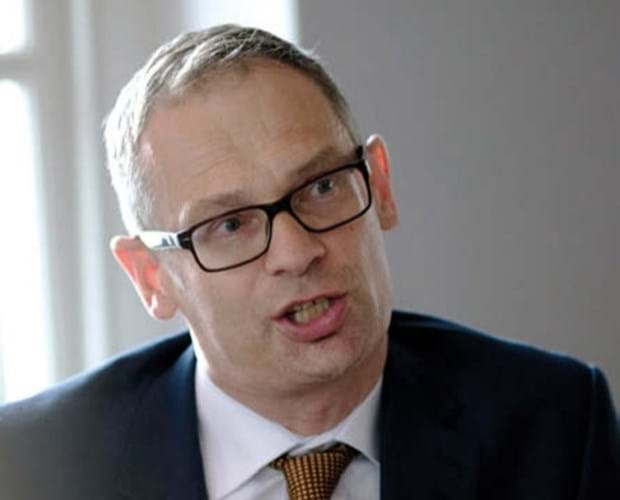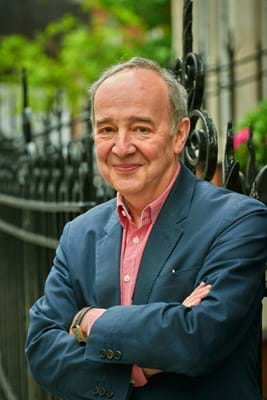
The Environmental Investigation Agency (EIA), a not-for-profit campaign group founded by three environmental activists, issued a report last week revealing the UK is the world’s largest supplier of legal ivory to China and Hong Kong.
Mark Dodgson, secretary general at the British Antique Dealers’ Association (BADA), said: “This report fails to draw a distinction between large uncarved tusks exported from other EU countries – not the UK – and small carvings and objects inlaid with ivory.
“A tusk can be made into hundreds of carved items when it gets to a workshop in China.”
He said ivory exports are recorded differently in each country. For example, the UK treats the export of a single piano with ivory keys as 52 exported ivory items (the number of keys), whereas other countries record a piano as just one ivory export.
Analysis of EU export figures by BADA found in 2015 that the UK represented just 3% of the EU’s ivory exports when taking into account the average number of carvings that could be made from a tusk.
Dodgson added: “Counting up the number of tusks, that each weigh several kilogrammes, and giving them equal prominence to the number of 4g piano keys or carvings typically weighing 40g or 50g is like comparing apples with pears.”
He argued that the rise in ivory exports merely reflects the fact that the overall art market trade between the UK and China over the last 10 years has increased fourfold - including items such as ceramics. He said: “It isn’t surprising that some antique ivory items have been part of that art trade.”
"Distinguish between genuine works of art"
“As ever, these reports fail to distinguish between genuine works of art and the trade in modern carvings made from tusks, Dodgson added. “To suggest that the export from the UK of 1200 antique ivory items to China makes the slightest different to a market which in Hong Kong alone has a stockpile of ivory that could be turned into 1.5m objects is clearly absurd.”
However, EIA executive director Mary Rice said: “UK ivory exports are stimulating consumer demand globally, especially in Hong Kong and China, two of the world’s largest markets for both legal and illegal ivory.”
In a letter to The Times, following an article on the EIA report, dealer Martin Levy of H Blairman & Sons defended the antiques trade and said that contrary to information in the article, it is possible to determine the age of an ivory object.
He said: “Expert opinion is unequivocal about the ease with which historic works of art can be authenticated, based on experienced connoisseurship and technical analysis. Although the museum world and art collectors strongly advocate the protection of endangered species, it is regrettable that, at least in public, many wildlife conservation groups persist in connecting the movement of bona fide works of art with the illicit trade in poached ivory.”
LAPADA chief executive Rebecca Davies said: “The antiques trade are united in their abhorrence of modern-day poaching but we must stand up to protect antique artistic and cultural objects.”


















